The True Pagan Origins of Easter | Ancient Architects
 |
| Eat us, and don't question religion. |
This can be seen by the fact that the date of "Easter weekend" changes every year, which is due to Easter always being celebrated on the first Sunday following the full moon after the spring equinox.
Unlike the word "Christmas" (Christ mass), the word Easter has pagan roots, and history books trace it to the Saxons: Eastra was the spring goddess. It wasn’t until the 8th century when the Anglo-Saxons took the name from the goddess and married her up with the resurrection to form the new Christian holiday of "Easter."
 |
| Worship a goddess and rabbit for Easter? |
The legend known as "The Descent of Inanna" was found inscribed on a 4,100-year-old clay tablet. As Tammuz dies, Ishtar follows him into the underworld where she gets judged, killed, and is hung on display.
Meanwhile, the earth goes into decline with crops failing and animals not reproducing. A lot of the information in this video comes from the brilliant article by Joanna Gillian from Ancient Origins and you can read this now at ancient-origins.net/myths... for more detailed information.
All images are taken from Google Images for educational purposes only: The true PAGAN origins of Easter | Ancient Architects
The Easter Bunny is NOT pagan?
 |
| Romantic Chocolate Easter Bunny, extra humpy with colored Easter eggs |
.
 |
| Trademarked in 1963, iconic Playboy Bunny outfit |
BIBLIOGRAPHY
- Stephen Winick, "Ostara and the Hare: Not Ancient, But Not as Modern as Some Skeptics Think," Library of Congress Blogs, April 28, 2016.
- Stephen Winick, On the Bunny Trail: In Search of the Easter Bunny, Library of Congress Blogs, March 22, 2016.
- Religion for Breakfast, March 21, 2025; Ancient Architects, April 21, 2019; Sheldon S., Ashley Wells (eds.), Wisdom Quarterly










































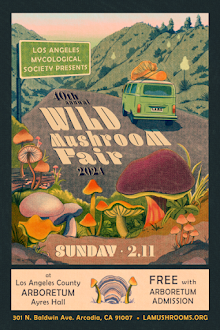

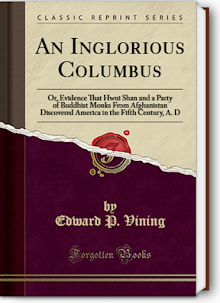



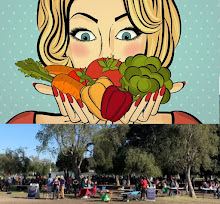
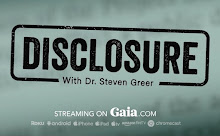


















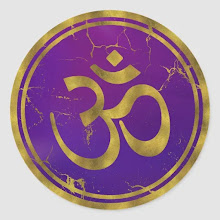
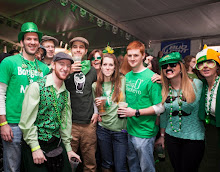




















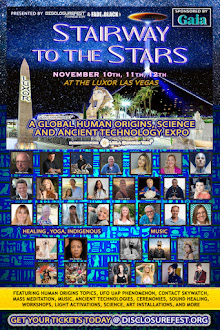









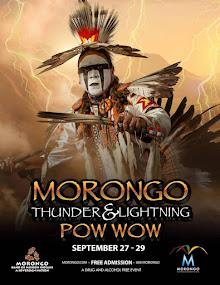














































































































































No comments:
Post a Comment